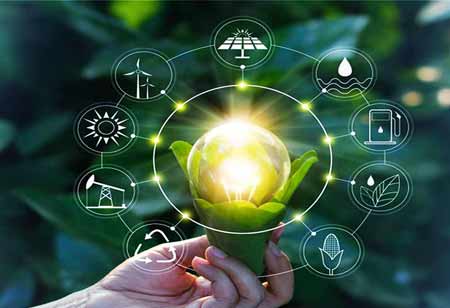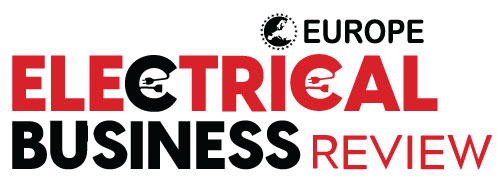Thank you for Subscribing to Electrical Business Review Weekly Brief
I agree We use cookies on this website to enhance your user experience. By clicking any link on this page you are giving your consent for us to set cookies. More info
Power Converters and Inverters: Trends Shaping the Future of Energy
The power converters and inverters market drive sustainable energy transition through renewable energy integration, digitalization, and technological advancements, enhancing energy efficiency and reliability.

By
Electrical Business Review | Friday, December 13, 2024
Stay ahead of the industry with exclusive feature stories on the top companies, expert insights and the latest news delivered straight to your inbox. Subscribe today.
The power converters and inverters market drive sustainable energy transition through renewable energy integration, digitalization, and technological advancements, enhancing energy efficiency and reliability.
Fremont, CA: As the world shifts towards sustainable energy solutions, power converters and inverters play a crucial role in this transformation. These devices are essential for converting and managing electrical power from various sources, ensuring efficient and reliable energy distribution. This article discusses the trends in the power converters and inverters market, highlighting how these innovations drive the future of energy.
Key Trends in Power Converters and Inverters
Renewable Energy Integration
Integrating renewable energy sources is one of the most prominent trends in the power converters and inverters market. Increased adoption of solar and wind power results in a huge need for inverters to convert DC to AC that can be used by the grid. This trend marks an important role for the market as part of the global movement toward cleaner, more sustainable forms of energy. Inverters and power converters are essential in seamlessly integrating renewable energy and reducing the usage of fossil fuels, as well as lowering carbon emissions.
Advancements in Grid-Tied Inverters
Grid-tied inverters are experiencing significant advancements aimed at enhancing their efficiency and performance. These inverters enable the connection of renewable energy systems to the grid, managing power flow and synchronizing with grid requirements. Innovations in this area focus on improving grid stability and reliability, ensuring that renewable energy can be effectively integrated into existing power infrastructures. Enhanced grid-tied inverters support the broader adoption of renewable energy by providing robust and efficient energy conversion and distribution solutions.
Digitalization and Smart Inverter Technologies
The infusion of digital technologies into power converters and inverters is transforming the market. Smart inverter technologies leverage digitalization to offer real-time monitoring, remote control, and grid-responsive capabilities. These innovations align with the evolution towards smart grids and intelligent energy systems, enhancing power management's overall efficiency and responsiveness. Digitalization enables more precise control and optimization of energy resources, contributing to more resilient and adaptive energy networks.
High-Frequency Power Converters
The demand for high-frequency power converters is rising, driven by the need for compact, lightweight solutions. High-frequency converters offer reduced size and weight and improved power density advantages. These qualities are especially useful in fields where weight and space restrictions are crucial, such as telecommunications, electric cars, and aerospace. The development of high-frequency power converters supports the trend toward miniaturization and efficiency in power management technologies.
Integration with Energy Storage Systems
Integrating power converters and inverters with energy storage systems is a key trend shaping the market. This integration supports the development of hybrid energy solutions, where energy storage complements renewable sources to provide stability and reliability to the grid. Power converters are vital in managing energy storage systems' charging and discharging processes, ensuring efficient energy use, and enhancing grid resilience. This trend is crucial for creating flexible, sustainable energy infrastructures adapting to varying energy demands.








